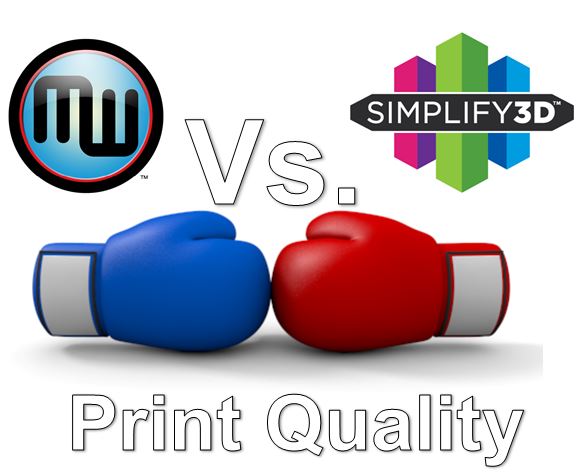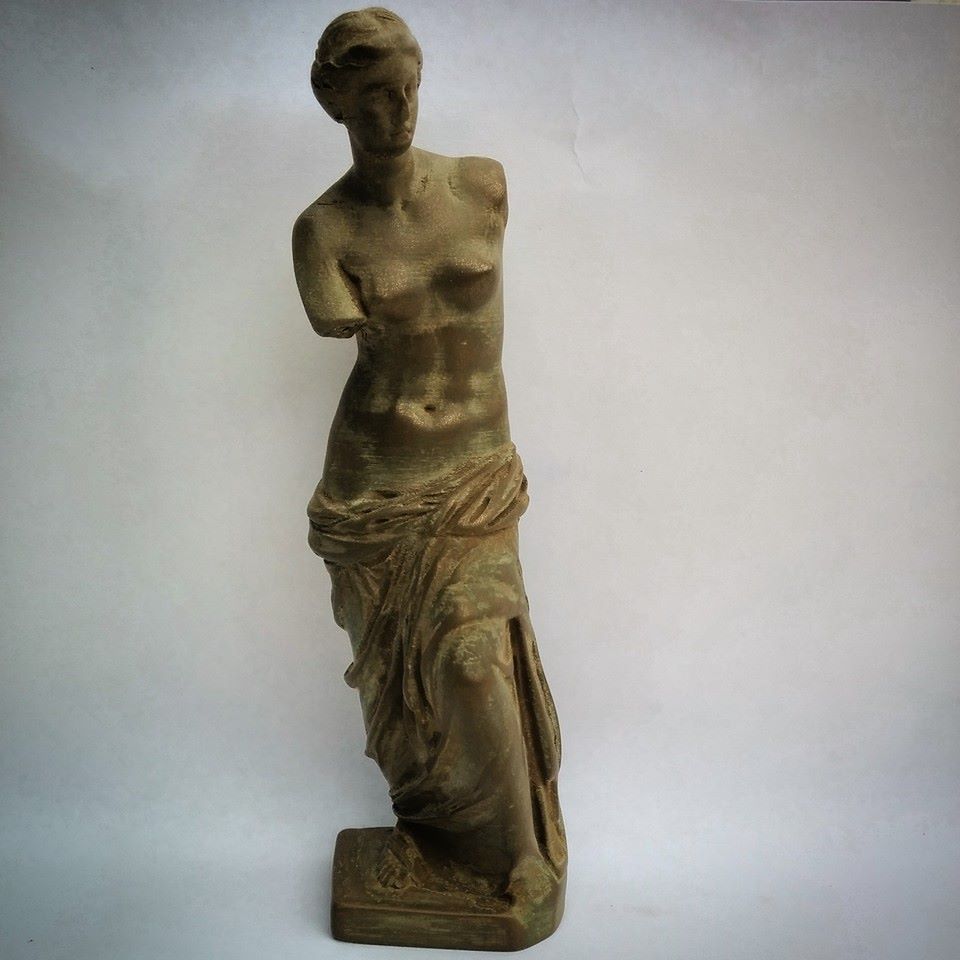Brief Introduction and History
Polyether Ether Ketone (PEEK) filament is a high-performance thermoplastic material that has found its place in the world of 3D printing due to its exceptional properties. PEEK was originally developed in the 1980s and has since gained prominence in various industries, including aerospace, healthcare, and automotive, for its outstanding mechanical, thermal, and chemical resistance properties.
Material Composition
PEEK filament is composed of long chains of repeating units of the monomer 4,4′-methylenediphenyl bisoxazole. This polymer is created through a condensation polymerization process, resulting in a high molecular weight material. PEEK is known for its crystalline structure, which contributes to its remarkable mechanical strength and resistance to heat.
Uses
- Aerospace Components: Used in the aerospace industry for manufacturing lightweight yet strong components like brackets, ducts, and engine parts.
- Medical Devices: Employed for producing orthopedic implants, spinal cages, and dental prosthetics due to its biocompatibility.
- Oil and Gas Applications: Used in harsh chemical and high-temperature environments for components like seals, gaskets, and connectors.
- Automotive Parts: Suitable for manufacturing automotive components that require high-performance characteristics.
- Industrial Prototypes: Ideal for creating prototypes of functional parts that need to withstand extreme conditions.
Best Fit Use
PEEK filament is best suited for applications where high mechanical strength, chemical resistance, and thermal stability are critical. It is commonly used in industries with demanding performance requirements.
Example Use 1
Aerospace Components: PEEK is used to create aerospace components that need to withstand extreme conditions, such as engine components, because of its high strength-to-weight ratio and resistance to heat and chemicals.
Example Use 2
Medical Implants: In the medical field, PEEK is used to manufacture orthopedic implants and spinal cages due to its biocompatibility and ability to support bone growth.
Difference Between Basic and Advanced Forms
The basic form of PEEK filament offers exceptional mechanical properties and chemical resistance. Advanced variants may include modifications for enhanced thermal stability, flame retardancy, or even reinforced forms with added fibers like carbon or glass for specific applications.
Benefits
- High mechanical strength and stiffness.
- Excellent chemical resistance.
- Exceptional thermal stability.
- Biocompatible for medical applications.
- Lightweight yet robust.
Drawbacks
- Requires specialized high-temperature 3D printers.
- More expensive compared to standard filaments.
- Limited color options.
- Post-processing may be necessary for surface finishing.
Overall Rating for Daily Use
- Hobbyists: 1/5 (Due to its high cost and specialized equipment requirements, it is not typically used in hobbyist settings).
- Professionals: 4.5/5 (Invaluable for industries requiring high-performance materials).
Future Developments
Future developments in PEEK filament are expected to focus on improving printability and making it more accessible for a wider range of applications. Research will likely continue to explore enhancements in flame retardancy, bioactivity, and sustainability.







